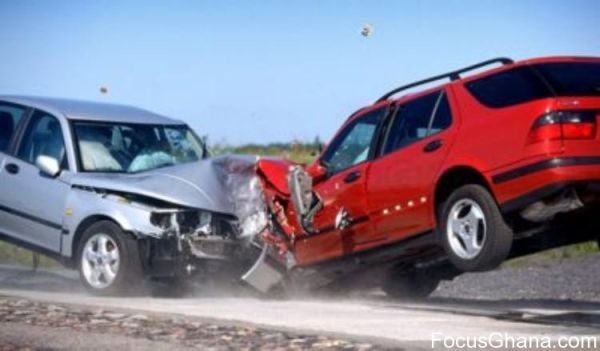There are countless road and traffic accidents that occur every day. In most cases, the first person to arrive in the collision scene is another motorist or road user. As such, it is important that every motorist know the basic principles behind first aid. Knowledge of first aid can make a huge difference to someone who has been involved in a road crash.
St Mark James encourages motorists to know basic first aid so they can help in case of road accidents. Even the smallest interventions you provide can make a huge difference.

What To Do In Road Accidents?
1. Stop and help!
If you witnessed the accident while driving, safely pull out of the road and park your car. Turn your car engine off before you get out and help. Set up emergency warning devices such as hazard triangles, hazard warning lights, and flashing lights.
Every second in a car accident counts and early intervention is crucial in car crashes. You can help save someone’s life by simply staying with the victim and calling for others help.
2. Stay calm and ensure safety.
Immediately survey the scene: what dangers are present (broken glass, leaking fuel, approaching traffic), how serious is the collision, how many are injured, and what injuries were sustained. Know your exact location and ask help from bystanders.
Ensure your personal safety as well as that of victims. If there are uninjured passengers, guide them to a safe place. Do not smoke.
3. Check airway and breathing.
Once you have ensured safety, approach the victims. If you are not trained to provide first aid, do not attempt to move the injured person. Check for responsiveness by talking or gently tapping the victim.
If the victim is unresponsive, shout for help. Check the victim’s airway: with your hand placed over the forehead, gently tilt the head back and lift the chin using two fingers. Clear the airway of any obstruction.
Check for breathing:
- LOOK for chest movement
- LISTEN for breath sounds
- FEEL for breath using on your cheek.
If the casualty is not breathing or not breathing normally, initiate cardiopulmonary resuscitation (CPR). You have to undergo first aid training to learn how to perform CPR.
4. Dial 911.
Contact 911 or your local emergency services for prompt first aid. If you have no access to a phone, ask for help from bystanders or passersby and send them to opposite directions. If fuel spillage or fumes are apparent, avoid using your mobile phones nearby the accident scene.
Inform the emergency medical service:
- your exact location,
- the nature of the accident,
- the number of casualties,
- and injuries sustained.
The emergency services will guide you on how to deal with the injured victims while you are waiting for professional help to arrive.
5. Apply appropriate first aid.
If there is bleeding, stop it by applying pressure to the site. Cover the wounds with a piece of cloth or dressing, if you have one, and apply pressure. Management of severe bleeding may require advanced first aid training.
If the casualty is inside the vehicle and you can provide first aid there, do so. Unnecessary movements of the victim can potentially lead to more injuries.
If the victims display symptoms of shock (cold, clammy skin; slow or abnormal pulse; abnormal breathing), keep them warm and loosen tight clothing. Have them lie to their backs and raise their legs slightly higher than the head.
Finally, stay with the victim while waiting for the ambulance to arrive. Do not leave the injured person alone.

